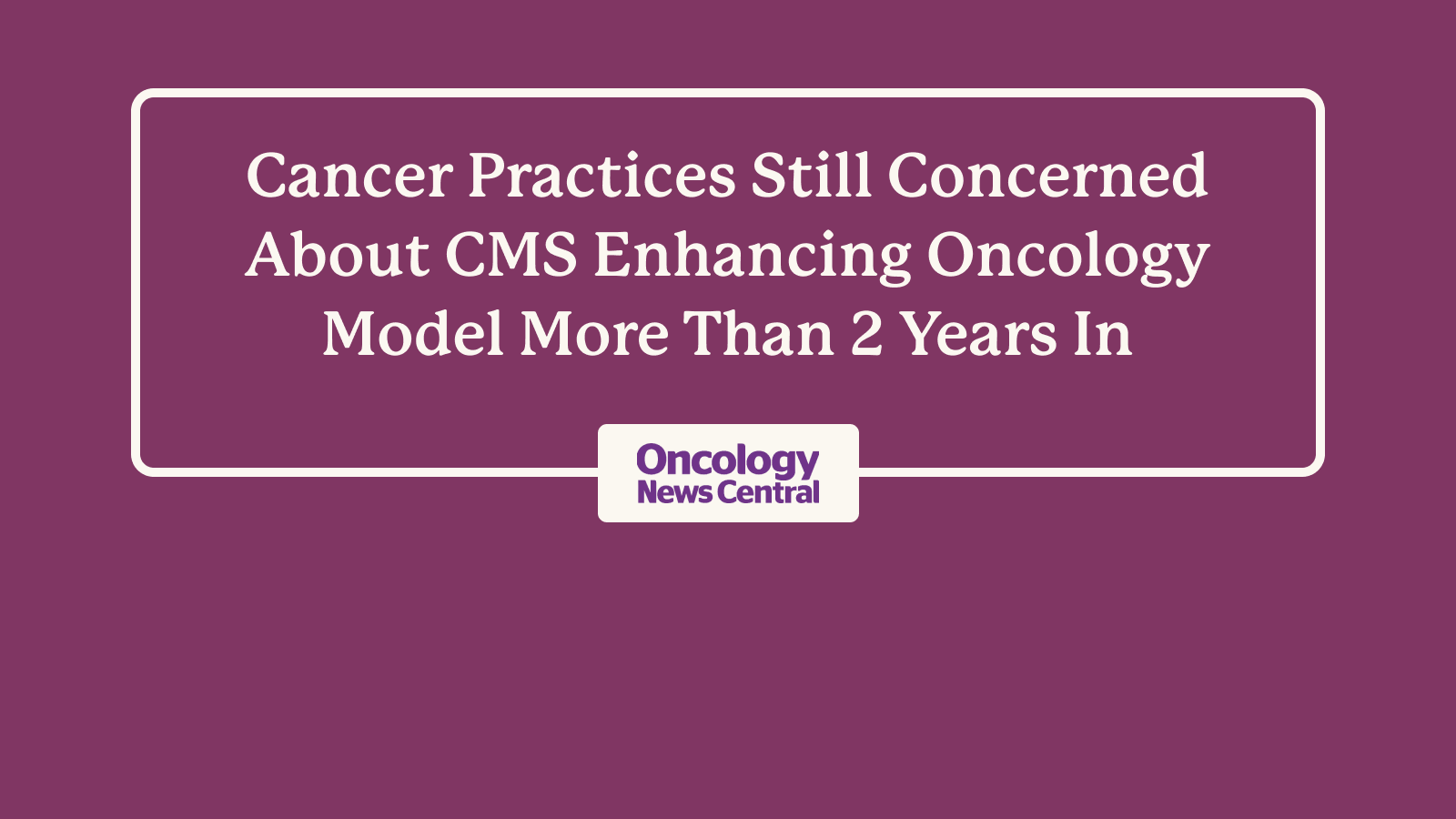Cancer Practices Still Concerned About CMS Enhancing Oncology Model More Than 2 Years In
In Oncology News Central, the article discusses ongoing concerns among oncology practices participating in CMS’s Enhancing Oncology Model (EOM), more than two years into its rollout. Many clinicians say the program’s heavy reporting requirements—especially around clinical data and social determinants of health—are burdensome. Some practices are reconsidering continued participation, citing unclear drivers behind performance variations and lack of actionable benchmarking. Dr. Lalan Wilfong of Thyme Care commented that it’s difficult to pinpoint what’s driving cost differences between performance periods under the model. Preview here:
The Enhancing Oncology Model (EOM), from the Centers for Medicare and Medicaid Services (CMS) and Center for Medicare and Medicaid Innovation (CMMI), has been up and running for more than two years, yet questions and concerns remain. Clinicians from practices participating in the EOM discussed their experiences at the 2025 Community Oncology Alliance (COA) Payer Exchange Summit in Reston, Virginia. Many say that they are determining whether they will continue participating.
“We’re also actively evaluating our ongoing participation in the model,” said Katherine Baker, MD, MMHC, medical director of value-based care with Tennessee Oncology in Nashville.
Launched in July 2023, the EOM is a seven-year, voluntary program that replaced the Oncology Care Model. At this time, 38 practices and two commercial payers are participating in the program. One of the challenges that participants discussed during the COA session is the level of reporting that the model requires for clinical data and social determinants of health. This can be daunting for a practice such as the American Oncology Network (AON), which has practices in 17 states and Washington, D.C., and Shenandoah Oncology in Winchester, Virginia, which has 11 oncologists.
“You see a lot of different flavors of the same program or completely different programs coming out of commercial payers and Medicare Advantage plans, and now you’re left with the administrative burden of having to navigate each one of them individually,” said Puneeth Indurlal, MD, senior vice president of strategic operations at AON.
In addition to the time required for reporting, participants also expressed concerns about how the data are released and what they are able to learn from them. For example, the EOM determines reimbursement for practices based on reporting in performance periods (PPs), which contain a cohort of patient care episodes that initiate during the same six-month period and are financially reconciled together. CMS released the data for PP1, covering episode periods from July 2023 through June 2024, in a spreadsheet. The data included each practice’s risk arrangement, number of episodes, performance-based payments, expenditures, and end-of-life hospice admissions. However, the clinicians said that they were not informed in advance of its release and felt that it did not paint a full picture of the oncology landscape.
“From the beginning, this was going to be transparent, which is fine. But if there’s a way to use it to learn from each other and best practices, that that would be the real purpose of the mission to be having this transparency. I think just having transparency to have transparency [is] kind of throwing it up against the wall to see if it sticks,” said Richard M. Ingram, MD, from Shenandoah Oncology.
The clinicians have also received their results for PP2, which covers windows in 2024. However, they said that it was unclear what drove the differences in performance and cost between the two periods.
“As I talked to practices, I don’t think any of us could point to [what] this is what we did differently that drove our cost higher than what we think should have been happening in the rest of the country,” said Lalan Wilfong, MD, senior vice president of value-based care at Thyme Care in Dallas, Texas.

